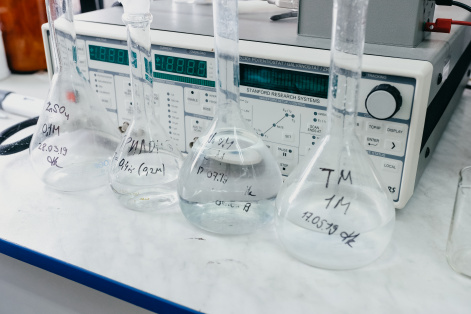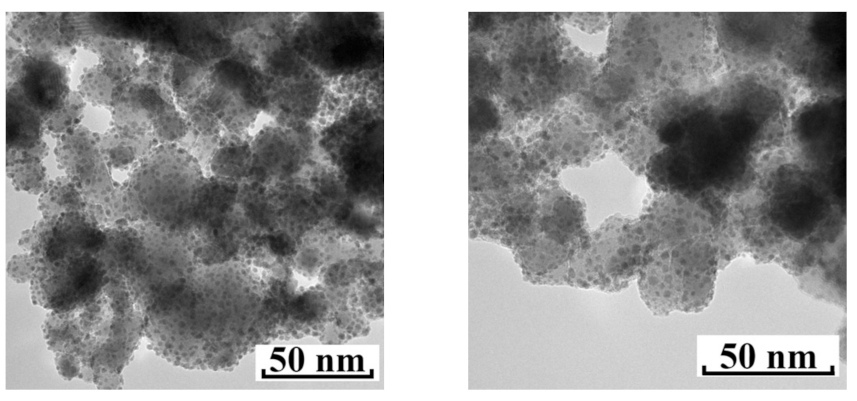Low-toxicity hybrid nanoparticles will find application in biomedicine
1 June 2021 г.

Hybrid nanoparticles are a promising object for application in nanomedicine. However, for their effective and widespread use, it is necessary to solve several serious problems, in particular, to make sure that nanoparticles are safe for the organism and to reduce the synthesis costs.
A team of Krasnoyarsk scientists, which included researchers from the Krasnoyarsk Science Center of SB RAS, synthesized new hybrid magnetic nanoparticles based on cobalt ferrite and gold nanoclusters. The material has stable magnetic properties, while being less toxic than the original uncoated magnetic cores of cobalt ferrite.
The synthesis of cobalt ferrite nanoparticles and the reduction of gold on the surface were carried out according to original methods. To obtain magnetic nuclei, Krasnoyarsk scientists used anion-exchange resin. The researchers note that this synthesis is carried out under easily controlled stationary conditions and it allows one to obtain homogeneous nanoparticles with the same size and morphology. It is also important that this method does not require expensive equipment and repeated washing and cleaning.
Having deposited gold using methionine, the scientists found that gold nanoclusters were clearly observed on the surface of the cobalt ferrite magnetic cores. Their size increased slightly with an increase in the number of deposition cycles.
The resulting hybrid nanoparticles exhibited typical ferrimagnetic behavior. At the same time, their toxicity has significantly decreased compared to conventional cobalt ferrite nanoparticles. The effect was tested on chlorella vulgaris, a type of unicellular green algae widely used to determine toxicity. The survival rate of the test culture in the medium of the hybrid nanoparticles was almost two times higher than that in the medium of cobalt ferrite nanoparticles. Scientists suggest that this may be both due to the presence of gold nanoclusters on the surface of cobalt ferrite and to the amino acid, methionine, used in the gold deposition.
“Although the gold shell does not completely cover the core, the toxicity of the hybrid nanoparticles is reduced even after one deposition cycle of the precious metal. In addition, the resulting nanomaterial demonstrates good ferrimagnetic properties; it can quickly heat up under magnetic field. We believe that this feature, combined with low toxicity, makes hybrid nanoparticles suitable candidates for biomedical applications such as magnetic hyperthermia, photothermal therapy, drug delivery, bioimaging, and biosensorics. In addition, with the help of an external magnetic field, such particles can easily be directed to particular organs and tissues, together with drug molecules attached to their surface. Another advantage is that the hybrid material has a higher efficiency and lower cost compared to gold nanoparticles, and therefore, may be of interest as a catalyst, ”says Svetlana Saykova, Doctor of Chemistry, Leading Researcher at the Institute of Chemistry and Chemical Technology of SB RAS, Professor of the Siberian Federal University.
Share:

